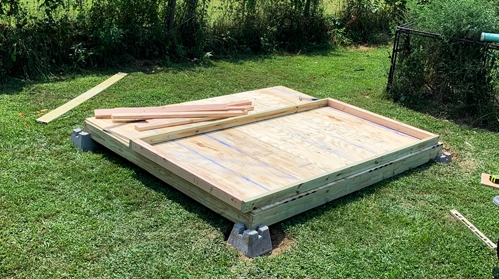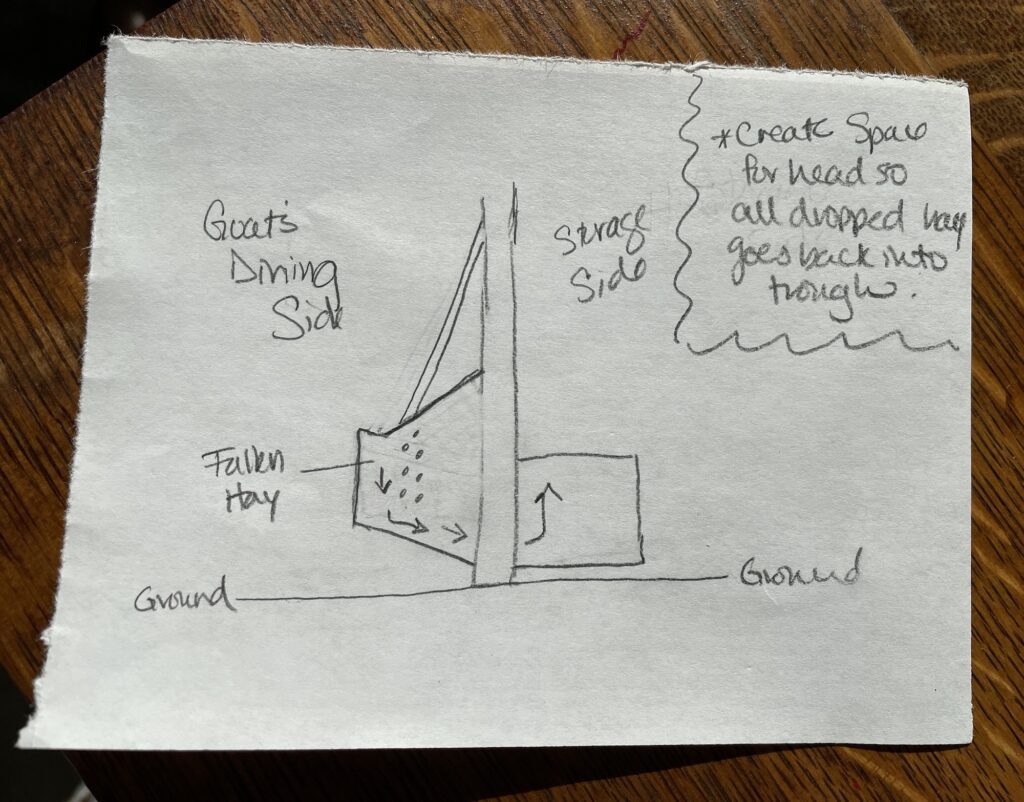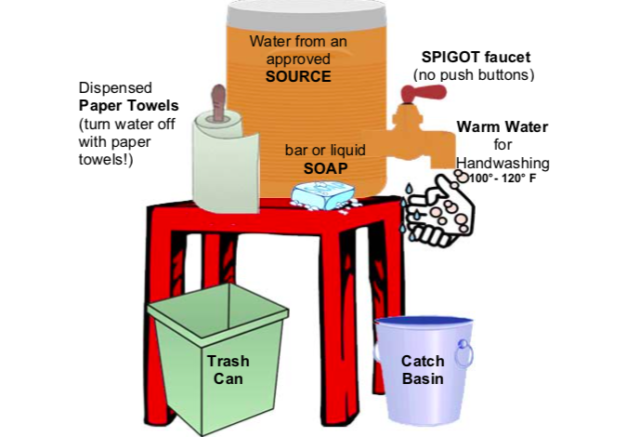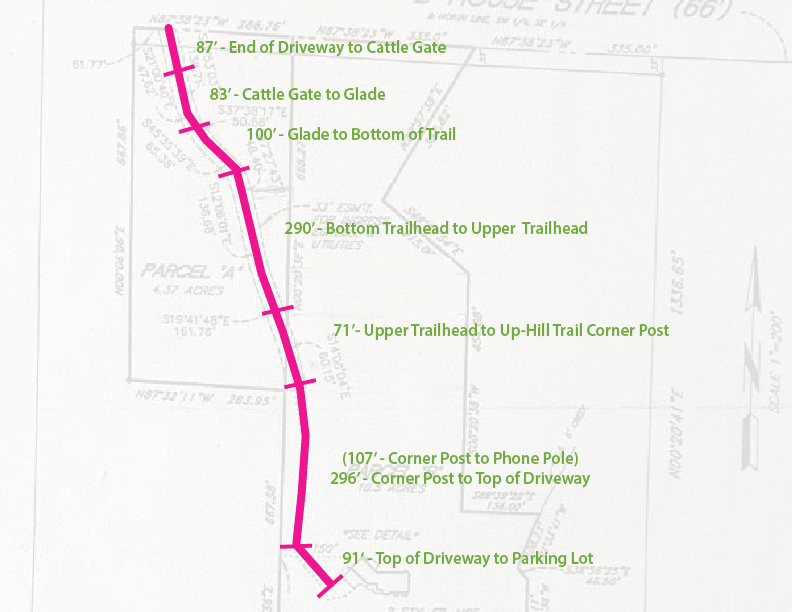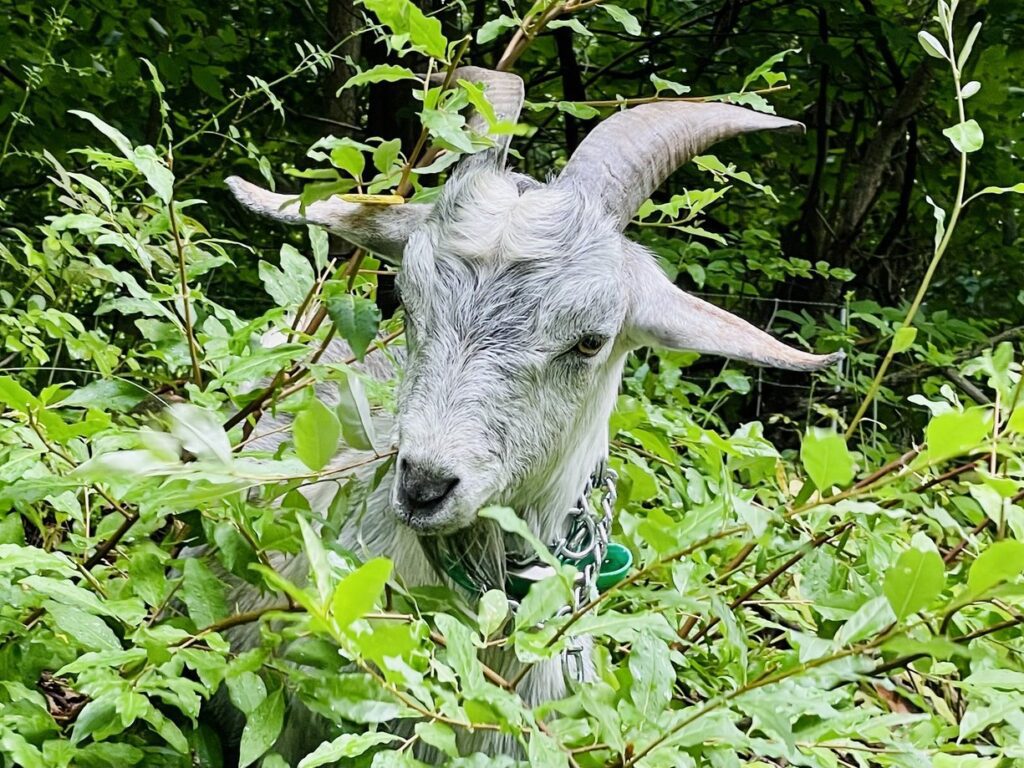https://www.plainfieldmi.org/news_detail_T10_R374.php
The Township’s zoning ordinance defines what type of animals are allowed on certain properties to ensure the community’s safety and wellbeing. The zoning ordinance allows residents to keep chickens on their property if they are more than 25 feet from a home or property line. Roosters are prohibited. The Township does not require permits to own chickens or other domestic and farm animals.
Additionally, the Township allows:
- Domestic animals. This includes cats, dogs, chinchillas, ferrets, fish and non-venomous lizards, snakes, and spiders, as well as caged amphibians, birds and rodents.
- Farm animals. This includes horses, pigs, cattle, sheep, goats, llamas, chickens, geese, ducks, waterfowls, turkeys or any other animal raised for commercial profit.
Unlike domestic animals, farm animals can only be kept on larger properties. Specifically, farm animals kept within a structure must be at least 50 feet from any property line. Free-range farm animals must be kept at least 100 feet from any property line with the exception of chickens or domesticated waterfowl, which fall under the regulations listed above.
The Township does not allow residents to keep wild animals of any kind on their property. All animal owners are responsible for keeping the animals on their own property, as well ensuring living conditions are safe and clean.
You can learn more about the Township’s zoning ordinance pertaining to animals, by clicking here and reviewing Section 3.02.
With the growing popularity of backyard chicken keeping, the Township has seen an increase in inquiries from residents. The Zoning Ordinance establishes guidelines for animal ownership to protect the community. Here’s the scoop on keeping chickens:
- Permitted with Restrictions: Chickens are allowed, but coops and runs must be at least 25 feet away from neighboring homes and property lines.
- No Roosters: Those noisy alarm clocks are prohibited.
- No Permits Required: You don’t need a special permit for chickens or other domestic/farm animals.
Plainfield Township classifies animals as follows:
- Domestic Animals: Cats, dogs, chinchillas, ferrets, fish, non-venomous reptiles, caged amphibians, birds, and rodents fall into this category.
- Farm Animals: Horses, pigs, cattle, sheep, goats, llamas, chickens, geese, ducks, other waterfowl, turkeys, and animals raised for commercial purposes. These have stricter setback requirements (50ft for structures, 100ft free-range), except chickens and domesticated waterfowl which follow the 25ft rule.
- Wild Animals: Keeping wild animals is prohibited.
All animal owners must keep their animals confined to their property and provide clean, safe living conditions.
For the full details on the Township’s Zoning Ordinance related to animals, click here and review Section 3.02. Have additional questions? Contact the Community Development Department with any questions at (616) 364-1190 .


